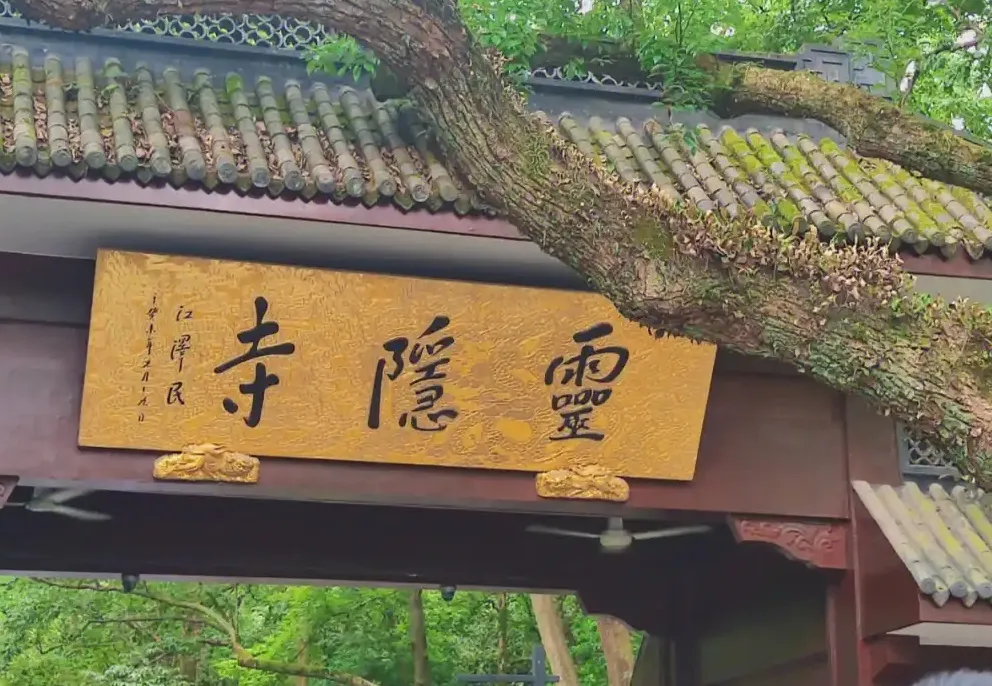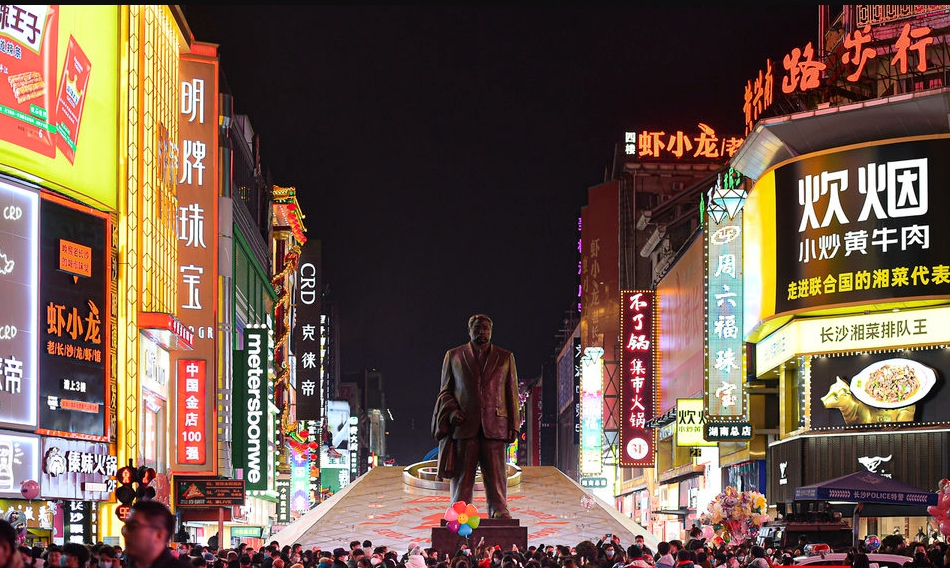Introduction
Lingyin Temple in Hangzhou is more than a place of worship. It’s a cultural landmark with over 1,700 years of history. Nestled at the foot of Lingyue Peak, this ancient Buddhist temple attracts pilgrims and tourists alike. Its serene halls, intricate carvings, and lush surroundings offer a glimpse into China’s spiritual heritage.
This guide explores every aspect of Lingyin Temple. From its historical roots to visitor tips, you’ll find everything needed for a meaningful visit. Whether you’re planning a trip or researching Chinese Buddhism, this article provides valuable insights.
The temple’s prominence makes it a top destination in Hangzhou. Known as one of China’s most famous Buddhist temples, it blends natural beauty with religious significance. Understanding its legacy enhances both appreciation and experience.
History of Lingyin Temple
Founded in 328 AD during the Eastern Jin Dynasty, Lingyin Temple has deep historical roots. A monk named Hui Li established it after being inspired by the area’s tranquil energy. He believed the valley resembled a Buddhist paradise.
Over centuries, the temple expanded through royal patronage and monastic dedication. It survived wars, fires, and political upheaval. Major reconstructions occurred during the Song and Qing dynasties. Each era added architectural and artistic layers.
Today, Lingyin Temple stands as a symbol of resilience and devotion. Its long history reflects the evolution of Chinese Buddhism. The site remains active, with monks continuing daily rituals and meditation practices.
Architectural Highlights of Hangzhou Lingyin Temple
The temple complex spans over 300 meters in length, featuring multiple halls and pavilions. Key structures include the Hall of the Heavenly Kings, the Great Buddha Hall, and the Mahavira Hall. Each building follows traditional Chinese temple design principles.
Rooflines curve upward, adorned with glazed tiles and mythical figures. These elements symbolize protection and spiritual ascent. Wooden beams are joined without nails, showcasing ancient craftsmanship.
Inside, statues of Buddha and bodhisattvas are carved from wood, stone, or cast in bronze. Murals depict Buddhist parables and celestial realms. The scale and detail reflect the temple’s importance in religious art.
Exploring the Feilai Feng Grottoes Near Lingyin Temple
Adjacent to Lingyin Temple lies the Feilai Feng (Flying Peak) grottoes. This limestone hill is dotted with over 400 Buddhist carvings from the 10th to 14th centuries. The sculptures range from small reliefs to life-sized figures.
Carvings include Maitreya, Arhats, and Bodhisattvas. Many blend Buddhist iconography with local folklore. The most famous statue is the Maitreya Buddha in a natural cave. It stands over 15 meters tall and dates back to the Yuan Dynasty.
Walking through the grottoes feels like stepping into a sacred open-air museum. Paths wind through narrow passages and shaded alcoves. The combination of nature and artistry enhances the spiritual atmosphere.
Why Hangzhou Lingyin Temple Is a Must-Visit Destination
Few temples in China offer such a complete cultural and spiritual experience. Hangzhou Lingyin Temple combines history, art, and tranquility in one location. It’s easily accessible from downtown Hangzhou, making it ideal for day trips.
Visitors come for prayer, photography, or quiet reflection. The temple grounds are peaceful, even during peak seasons. Incense smoke drifts through courtyards, adding to the meditative ambiance.
Families, solo travelers, and spiritual seekers all find value here. The site is well-maintained, with clear signage and guided tour options. For those interested in East Asian religions, this is a primary learning destination.
Visitor Information for Lingyin Temple
Opening Hours: 7:00 AM – 5:30 PM (daily)
Admission Fee: CNY 45 (temple only), CNY 75 (with Feilai Feng)
Best Time to Visit: Spring (March–May) or Autumn (September–November)
Wear comfortable shoes—the site involves walking on uneven stone paths. Avoid public holidays when crowds peak. Early morning visits offer quieter moments and soft lighting for photos.
Entry includes access to main halls and gardens. Audio guides are available in English. Restrooms and refreshment stands are located near the exit.
Religious Significance of Lingyin Temple
As a Chan (Zen) Buddhist monastery, Lingyin Temple emphasizes meditation and mindfulness. Monks follow a strict daily routine of chanting, study, and work. The temple belongs to the Linji school, one of the major Chan lineages.
Buddhists visit to make offerings, light incense, and pray for peace or healing. Rituals follow traditional formats, including bell ringing and sutra recitation. The temple also hosts festivals like Buddha’s Birthday and Ullambana.
Even non-Buddhists can appreciate the spiritual depth. Silence and respect are encouraged in prayer areas. Photography is allowed in most outdoor spaces but restricted inside certain halls.
Nearby Attractions to Combine With Your Visit
Lingyin Temple is part of a larger cultural corridor. Consider visiting these nearby sites:
- West Lake – A UNESCO World Heritage Site, just 3 km away
- Yue Fei Temple – Honors a national hero from the Song Dynasty
- Longjing Tea Village – Famous for China’s best green tea
- China National Tea Museum – Educational and scenic
Combining Lingyin Temple with West Lake creates a perfect day itinerary. Both represent Hangzhou’s blend of nature and culture. Public buses and taxis connect all major attractions.
Travel Tips for Foreign Visitors to Hangzhou Lingyin Temple
Carry a translation app—staff may not speak fluent English. Dress modestly out of respect; avoid shorts or sleeveless tops. Keep your voice low in sacred areas.
Bring cash for incense offerings or donation boxes. Credit cards are accepted at ticket counters but not always elsewhere.
Stay hydrated, especially in summer. The climb to some grottoes can be steep. Consider hiring a local guide for deeper historical context.
Conclusion
Lingyin Temple is more than a tourist spot—it’s a living center of Buddhist practice and Chinese heritage. From its ancient origins to its modern-day role, the temple offers a unique window into spiritual life.
Whether you’re drawn by faith, history, or architecture, a visit to Hangzhou Lingyin Temple is rewarding. Plan ahead, respect local customs, and take time to absorb the atmosphere.
As interest in mindful travel grows, sites like Lingyin Temple will remain essential. They connect people to deeper values—peace, reflection, and cultural continuity. Don’t miss this jewel of Hangzhou.



